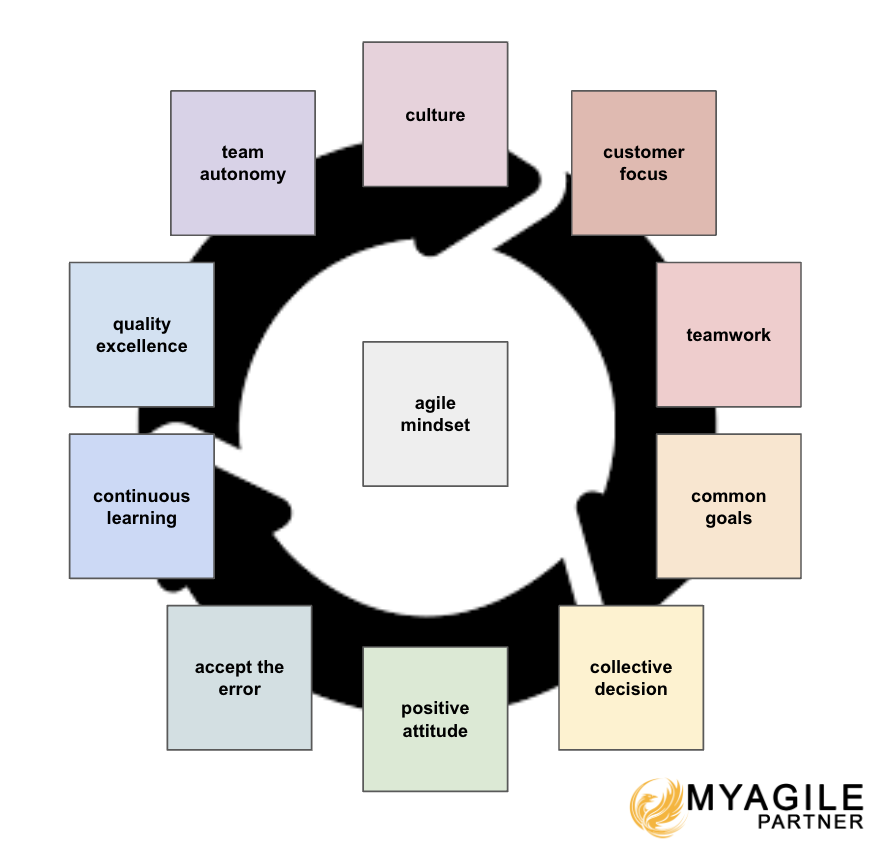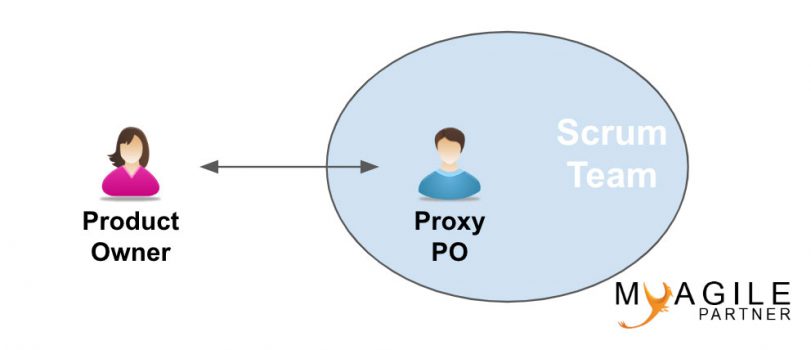
In the realms of software development and project management, Agility has emerged as an indispensable concept. Two of the most commonly used terms in this context are Agile and Scrum. Although they are often intertwined, these two terms don’t represent the same thing.
In this article, we will delve into the differences and relationships between Scrum and Agile to help you better understand how they work in tandem.
Difference between Agile and Scrum
Agility: A Conceptual Framework
Agility is primarily a set of principles and values that emphasize flexibility, collaboration, and adaptability to changes in software development. However, in the present day, agility is extending its influence beyond development to encompass the entire enterprise.
Agility surfaced in the development domain as a response to heavy, heavily planned traditional development methods. It advocates continuous delivery, frequent user feedback, and transparent communication within the team and with stakeholders.

Scrum: A Framework
Scrum is one of the most widely used frameworks in agile project management; however, it emphasizes that it is based on lean and empiricism.
Unlike Agility, which is a set of values and principles, Scrum is a specific framework that systematically implements these values and principles. Here are the main components of Scrum:
Scrum Roles
- Product Owner: Responsible for defining requirements and prioritizing the backlog.
- Scrum Master: A facilitator for the Scrum team, responsible for removing obstacles and enforcing Scrum principles.
- Developers: A group of professionals working to fulfill requirements.
Scrum Events
- Sprint: A defined time period (typically 2 to 4 weeks) during which the team completes backlog items.
- Sprint Planning Meeting: The team selects items to be worked on during the sprint.
- Daily Scrum Meeting: A daily coordination meeting to discuss progress and obstacles among developers.
- Sprint Reviews: A review of product progress during the sprint (may include presentations).
- Sprint Retrospectives: Team evaluation of the completed sprint and identification of potential improvements.
Scrum Artifacts
- Product Backlog: A prioritized list of features to be developed.
- Sprint Backlog: A list of items to be completed during the current sprint.
- Increment: A functional version of the product that evolves with each completed iteration.
The Relationship Between Scrum and Agile
Scrum is a framework commonly used in project management, operating within the broader context of Agility. Agility provides the fundamental values and principles that Scrum broadly adheres to. Scrum puts these values and principles into practice by providing specific roles and structure for product development.
One of the most significant attributes of Scrum is its adaptability. Scrum teams are encouraged to respond to changing priorities and user feedback through short iterations (sprints) and frequent product reviews. This aligns perfectly with agile values, such as responsiveness to change and collaboration.
Conclusion – Scrum and Agile
In summary, Scrum is an agile-assimilated framework that puts the values and principles of Agility into practice. Agility is the overarching concept that guides flexibility and responsiveness in software development. Scrum offers specific structure and practices to achieve these agile objectives. It’s essential to recognize that Agility goes beyond Scrum, with many other agile methodologies and approaches, each with its own advantages and disadvantages. The choice between Scrum and other frameworks will depend on your team’s and organization’s needs and culture.




Be the first to comment